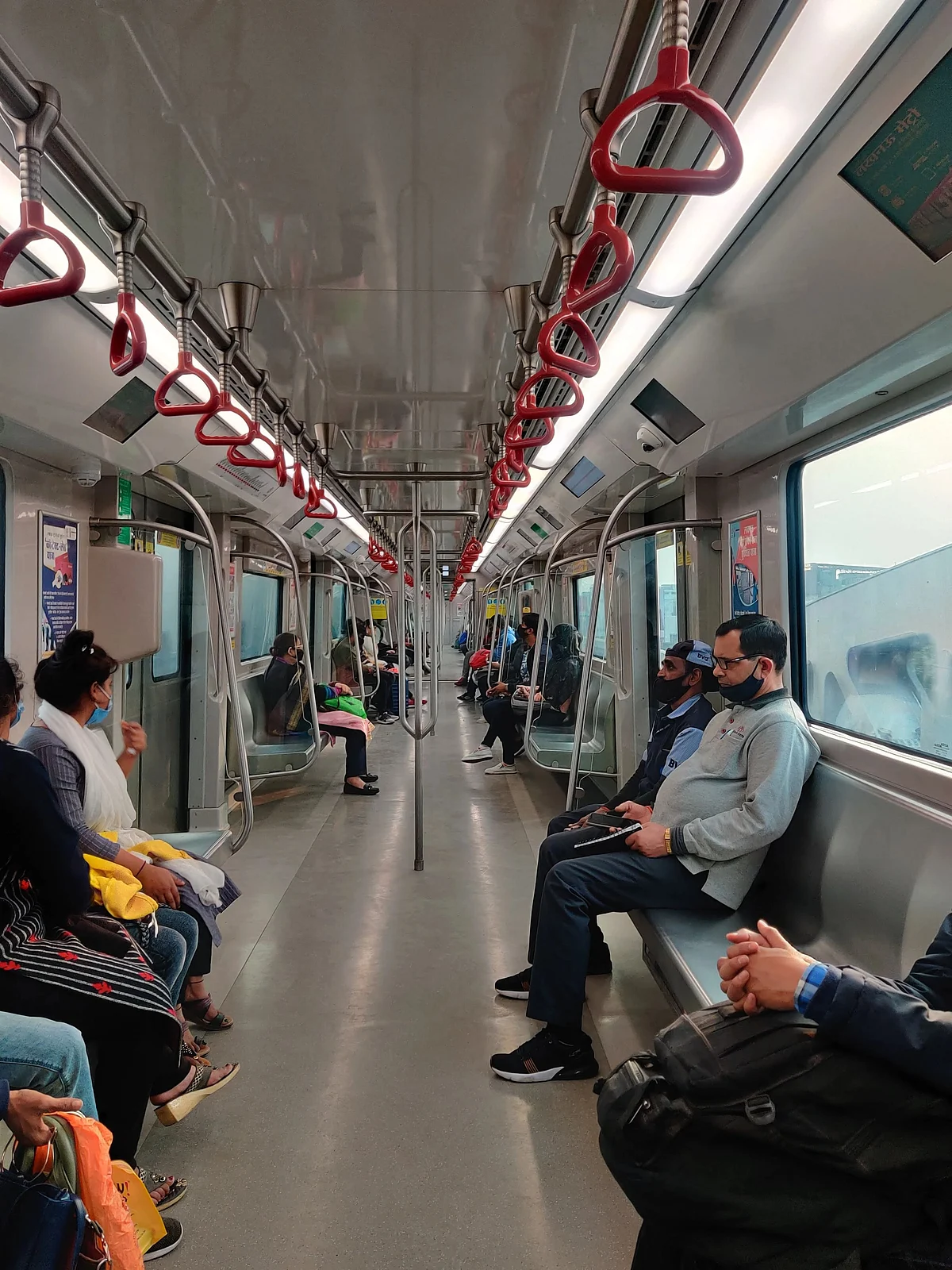Lucknow metro a showpiece still with mounting losses and few passengers
Escalating costs, mounting losses and unoccupied seats in Lucknow Metro speak of poor planning and governance

If you board the Lucknow metro and travel from one end to the other, chances are you’ll get to see beautiful, aesthetic places through the window- a magnificent door (a little in ruins) amid crowded shops in Alambagh, a temple on the Gomti bank, and the grand campus of Lucknow University. Chances are, you’ll also miss your stop!
But even though the Lucknow metro has been operating for a few years now, not many people are actually using it.
Sumit Kumar at Hussain Ganj metro station counter says approximately 600 people board and disembark at Hussain Ganj every day. This is a miniscule number in comparison to Lucknow’s total urban population. Kumar says that many of those 600 odd people are from outside the city, candidates come to Lucknow to appear at examinations, interviews or on business and have hopped on to the metro for the experience.
Currently only the North-South line of the Lucknow metro is operational, and runs across 21 stations between the Lucknow airport and Munshi Pulia. Interestingly, while the metro seems fairly occupied between Hazratganj and Munshi Pulia, almost half the seats are often unoccupied between Charbagh Railway Station and the Airport (though you’ll still find some people with luggage). And you’ll definitely find a lot more men using the metro than women.
Lalita Kumari, who works as a security official at the Lekhraj Market metro, feels there’s no need for a women’s coach in the Lucknow metro, because thankfully, “nothing untoward has happened”. Ask her why she’s carrying a lathi though, and she says that monkeys have been wreaking havoc at many metro stations and troubling passengers. “Hum sab ko hi lathi rakhne ko bola gaya hai,” says she.
Why aren’t people using the metro though? Does everyone have a vehicle in the city of Nawabs? Is there a last-mile connectivity issue? Do people not know how to go about using the metro? Are the fares too high?
A female passenger, who was using the metro for the first time, said she had never felt the need to use the metro because she has a car and a driver at home, and also because she’s not accustomed to traveling in the metro.
Kumari, however, says that in recent months, she has noticed a change. “Ever since the markets opened after the lockdowns, more people have started using the metro. And now that institutions have reopened, students and office-goers are also using the metro. Now you can see a few fully crowded coaches.”
It’ll take a long time before Lucknow Metro gets return on investment. When the project was sanctioned in 2015, the estimated cost was Rs. 6,928 Crore, with the Centre paying Rs. 140 Crore (the project is a joint venture between Government of India and the Uttar Pradesh government).
As Aakash Bajpai asked in an EPW article in 2019, “In Lucknow, urban planners’ top-down approach has failed to provide availability, affordability and accessibility to commuters. Given the urgency of a situation where taxpayers are paying for the losses incurred due to vacant seats and ill-conceived planning by the LMRC, what can be done to learn and rectify the situation?”
(This article was first published in National Herald on Sunday)
Follow us on: Facebook, Twitter, Google News, Instagram
Join our official telegram channel (@nationalherald) and stay updated with the latest headlines
